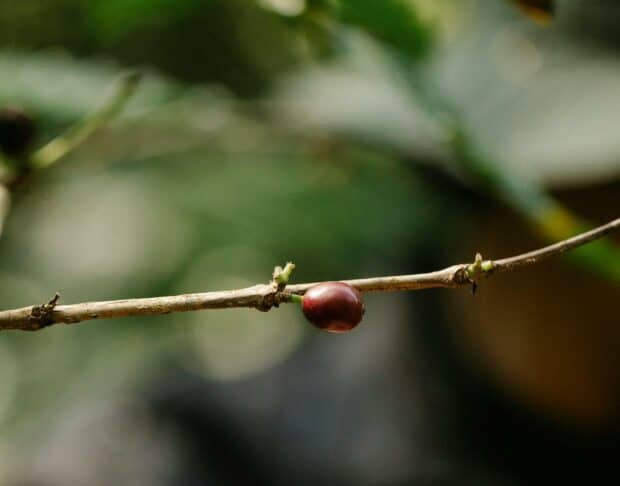The number of child laborers has been rising in recent years, reaching 160 million — or one in 10 children globally — as of the latest report from the United Nations Children’s Fund (UNICEF).
Coffee has played a significant role in this increase. Only three other sectors — gold, bricks and sugarcane — have a higher number of countries associated with child labor than coffee, according to International Labour Organization (ILO) statistics.
Now the ILO along with several other international agencies are launching a project designed to address the root causes leading to widespread child labor in coffee and cobalt supply chains.
“The causes of child labor in the coffee supply chain are multi-dimensional and complex,” the ILO said in a recent announcement of the project launch. “Despite a multiplication of due diligence related initiatives, child labor continues to be a salient human rights risk for many businesses, in part because of approaches focusing exclusively on monitoring children in workplaces, rather than on tackling the root causes of the problem.”
refre
Related Posts
With a €10 million (US$10.8 million) budget and funding from the European Union, the ILO-led project is being jointly implemented by the Food and Agriculture Organization of the United Nations (FAO), the International Trade Centre (ITC) and UNICEF.
Called the CLEAR Supply Chains Project, the initiative officially launched at last month’s World of Coffee trade show in Copenhagen, Denmark.
The project is focused on three major coffee-producing countries — Honduras, Uganda and Vietnam — offering what the ILO described as an “integrated and area-based approach.”
The group noted root causes of child labor that are common to all sectors, including poverty, social vulnerability, gaps in regulatory frameworks and barriers to quality education and social protections.
Said the ILO, “There are also drivers of child labor specific to coffee and other globally traded crops, such as farm gate prices, food insecurity, price volatility, and the effects of climate change on production and harvests.”
The full project description can be found here.
Comments? Questions? News to share? Contact DCN’s editors here.


